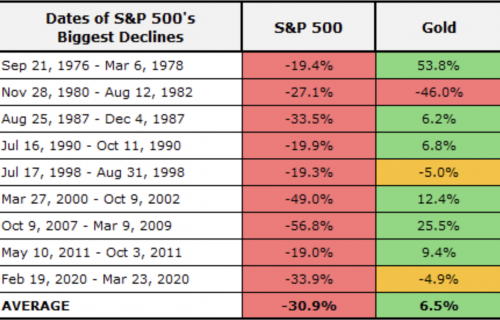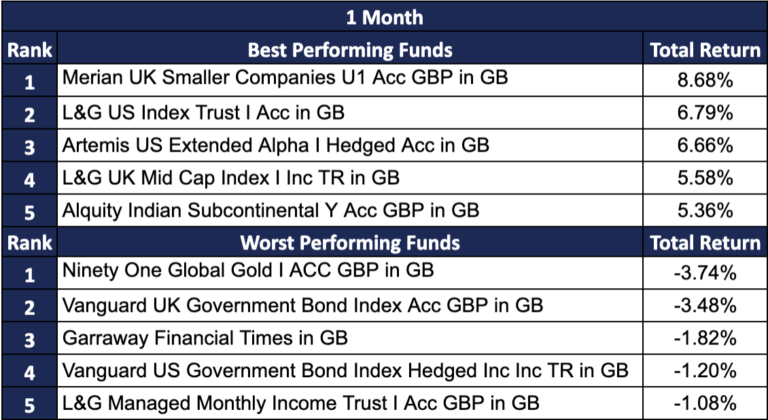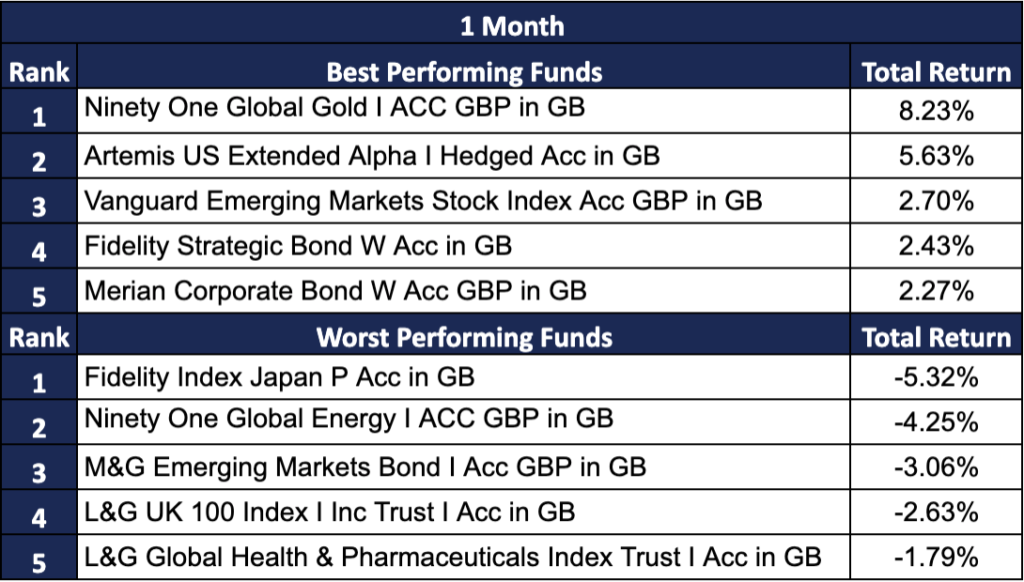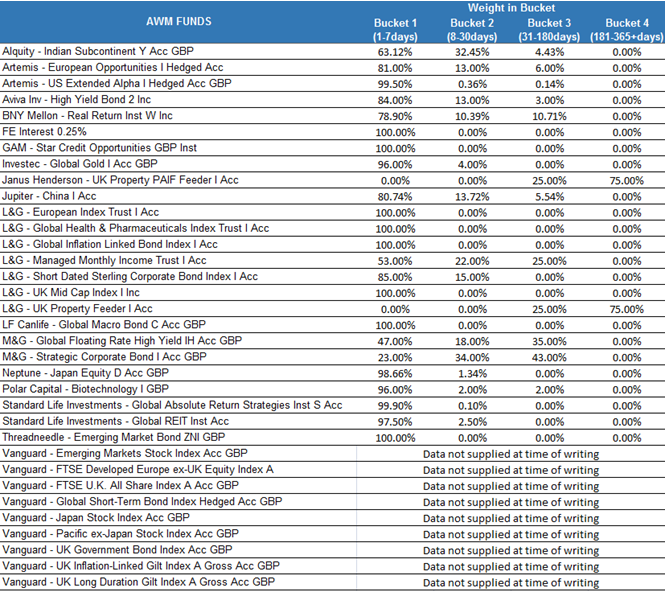- 01344 851250
Facebook
Twitter
Instagram
Linkedin

Inflation Numbers, What Does It All Mean?

The leaves are gradually turning orange and falling off. The last days of summer may well be behind us as we gear up for what could be a very cold winter. As we head into this winter, the word on everybody’s lips is inflation. We are hearing it everywhere. I previously wrote about it in an earlier blog where we looked at when last did, we experience this level of inflation and what it could mean for you. We are a few months from that article, and it looks like inflation has not stepped off the gas pedal. The Bank of England is reporting the current inflation rate to be over 10%. This is well above the target inflation rate of 2%. So where does that leave us and what is the forecast over the next few months as we head into winter?
Headline Inflation Rate
Firstly, we need to understand the inflation number that we hear almost daily. This number is the Headline Inflation Rate. This refers to the change in the value of all goods in the basket. It is this “basket” that forms a central part of the calculation of the inflation rate as it is the measurement of the change in price for different household items and materials that are integral in the running of households. The current “basket” has around 730 representative consumer goods and services. It is through monitoring the change in prices of this basket that we can get a sense of the true value of investment returns as inflation affects all aspects of the economy.
Headline Inflation Rate vs Core Inflation Rate
Now this headline inflation rate is different to the core inflation rate as it is the core inflation rate that excludes food and fuel. It is the food and fuel that tend to fluctuate more than the rest of the basket of goods and services which lends this measure of inflation less volatile than the headline inflation rate.
Typically, in developed economies, food and fuel will account for 10-15% of the household consumption basket as opposed to economies in the developing world where it forms close to 30-40%.
Why Are The Rates High?
So why is the inflation rate at levels that we haven’t seen since the early 90s? It basically boils down to higher energy prices at this stage. Russia’s invasion of Ukraine has led to the gas price to more than double. This has increased the pressure on the value of the basket of household goods as you will be paying more for fuel and energy as a result of the need to import the energy from the producing countries like Russia.
The Bank of England has forecasted the inflation rate to push even higher over the next few months, to around 13%. This means that you will need to plan accordingly for this squeeze over the upcoming months.
Will The Inflation Rate Decrease?
The action to combat this increase in the inflation rate is to raise interest rates. Interest rates are the biggest arrow in the quiver of the Bank of England in combating the inflation rate. They have raised the rate to 1.75% as of August 4th with more increases planned over the coming months. What this means for you is that borrowing will get more expensive but you will be rewarded more for saving. These actions will drive down people’s spending and will help push inflation down.
Outside of the Russians retreating and energy imports stabilizing, it will turn out to be a long winter for many as budgets are squeezed to breaking point.
Written by: Gregory Armstrong
02 September 2022
Contact Us
Facebook
Twitter
Instagram
Linkedin

Ascot Wealth Management Limited is authorised and regulated by the Financial Conduct Authority reference 551744. Our registered office: Scotch Corner, London Road, Sunningdale, Ascot, Berkshire, SL5 0ER. Registered in England No. 7428363. www.old.ascotwm.com Unless otherwise stated, the information in this document was valid on 3rd February 2017. Not all the services and investments described are regulated by the Financial Conduct Authority (FCA). Tax, trust and company administration services are not authorised and regulated by the Financial Conduct Authority. The services described may not be suitable for all and you should seek appropriate advice. This document is not intended as an offer or solicitation for the purpose or sale of any financial instrument by Ascot Wealth Management Limited. The information and opinions expressed herein are considered valid at publication, but are subject to change without notice and their accuracy and completeness cannot be guaranteed. No part of this document may be reproduced in any manner without prior permission. © 2017 Ascot Wealth Management Ltd. Please note: This website uses cookies. To continue to use this website, you are giving consent to cookies being used.
























